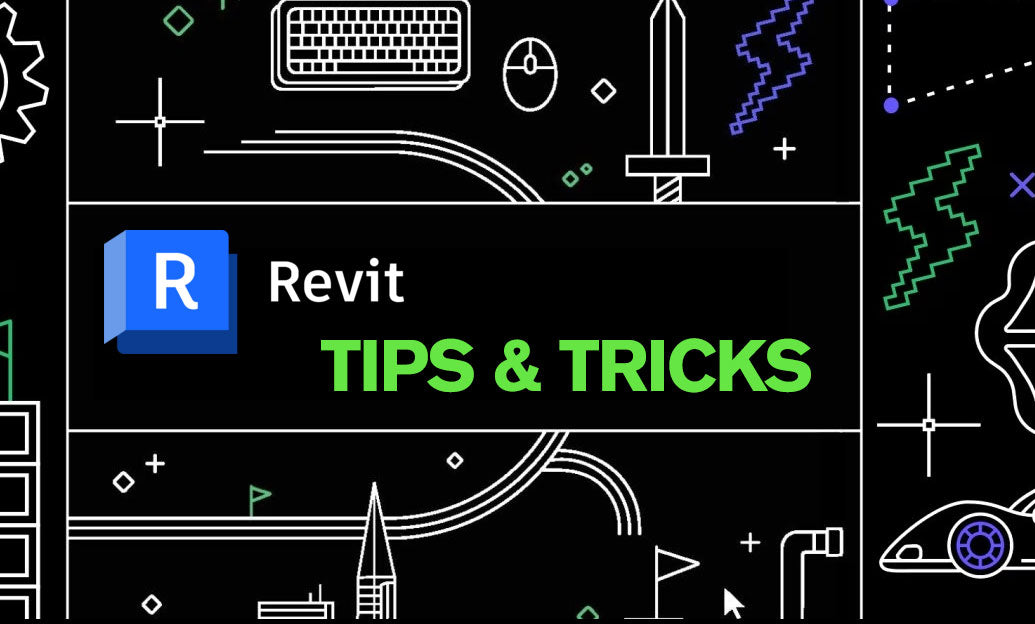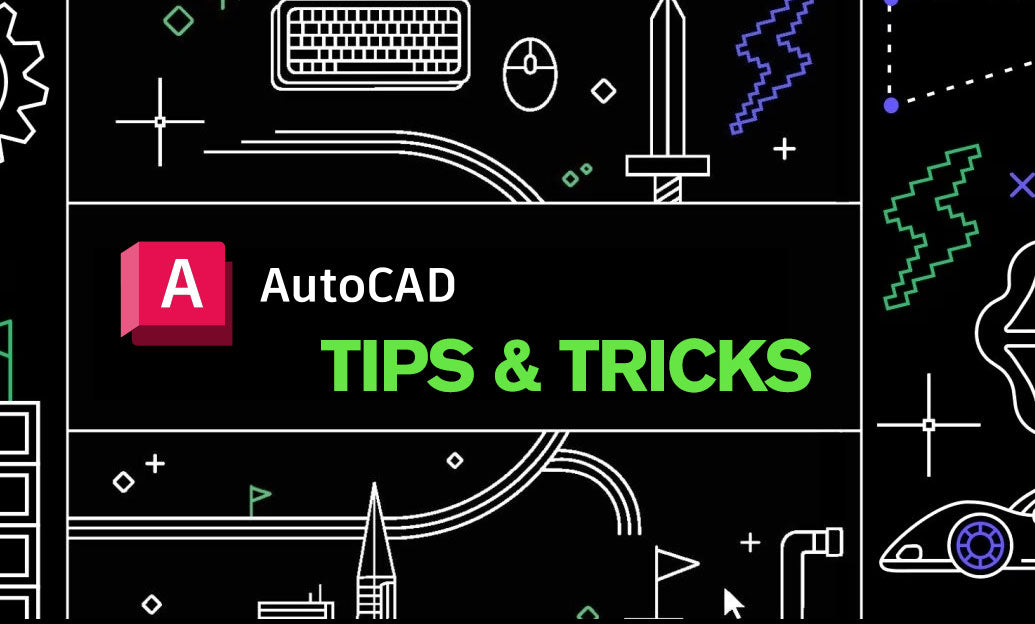Your Cart is Empty
Create sheets faster, with fewer errors, by standardizing your title block templates and the workflow around them. Here’s a practical approach you can implement today.
-
Start with a robust Title Block Family
- Use the Title Block family template and build multiple sizes (A, A3, A2, A1, A0/Arch/ANSI/ISO). Name them consistently (e.g., TB_A1_Landscape_Company).
- Replace static text with Labels tied to parameters:
- Project Information (Project Name, Number, Address, Client).
- Sheet-specific (Sheet Number, Sheet Name, Drawn By, Checked By).
- Shared parameters for firm standards (Discipline, Package, Phase, Issue Purpose).
- Add Yes/No visibility parameters to toggle “Preliminary,” “IFC,” “Record,” and region-specific stamps.
- Nest your logo as an image or a simple vector family; lock size and position for consistency.
- Place a Revision Schedule in the title block; use “Revisions on Sheet” to control what appears.
-
Build a Sheet Creation Workflow
- Create placeholder sheets early to reserve numbering and coordinate with the Sheet List schedule.
- Use Guide Grids to align viewports and keep annotations consistent across sheets.
- Standardize viewport types (with or without view titles, scale display). Avoid per-sheet overrides.
- Leverage a Sheet List schedule with filters (e.g., by discipline or package) to drive deliverables.
-
Parameter Strategy That Scales
- Centralize company-wide fields as Shared Parameters so they’re taggable and consistent across projects.
- Keep Sheet Number simple text to maintain flexibility (e.g., A-101, P1-201). Use companion parameters like “Discipline” and “Series” for sorting and Sheet List grouping.
- Lock date and issue data via a controlled parameter set (e.g., Issue Name, Issue Date, Issue Purpose) mapped to title block labels.
-
Quality and Governance
- Maintain a master Revit template containing:
- Approved title block families (all sizes), viewport types, Guide Grids, and Sheet List schedules.
- Prebuilt filters for Sheet Lists to output sets (Permit, Tender, IFC).
- Prohibit ad‑hoc edits to title block text—enforce parameter-driven labels only.
- Audit your template quarterly; align with your BIM Execution Plan.
- Maintain a master Revit template containing:
-
Automation and Batch Operations
- Use Dynamo to:
- Create sheets from a view list and assign the correct title block type automatically.
- Populate Drawn By/Checked By from team assignments.
- Batch rename/renumber based on discipline and package parameters.
- Adopt add-ins and training from partners like NOVEDGE to streamline repetitive sheet tasks.
- Use Dynamo to:
-
Printing and Deliverables
- Create saved Print Settings for paper sizes and PDF drivers; pair them with Sheet List filters for one-click exports.
- Verify line weights, fonts, and plot margins in the title block family to eliminate clipping.
Pro tip: keep a “QA Sheet” in your template that displays every title block label instance and a sample revision to validate formatting before the first issue. For guidance on building a rock-solid Revit template and selecting the right tools, explore NOVEDGE’s Revit solutions and their expert resources on the NOVEDGE Blog.






